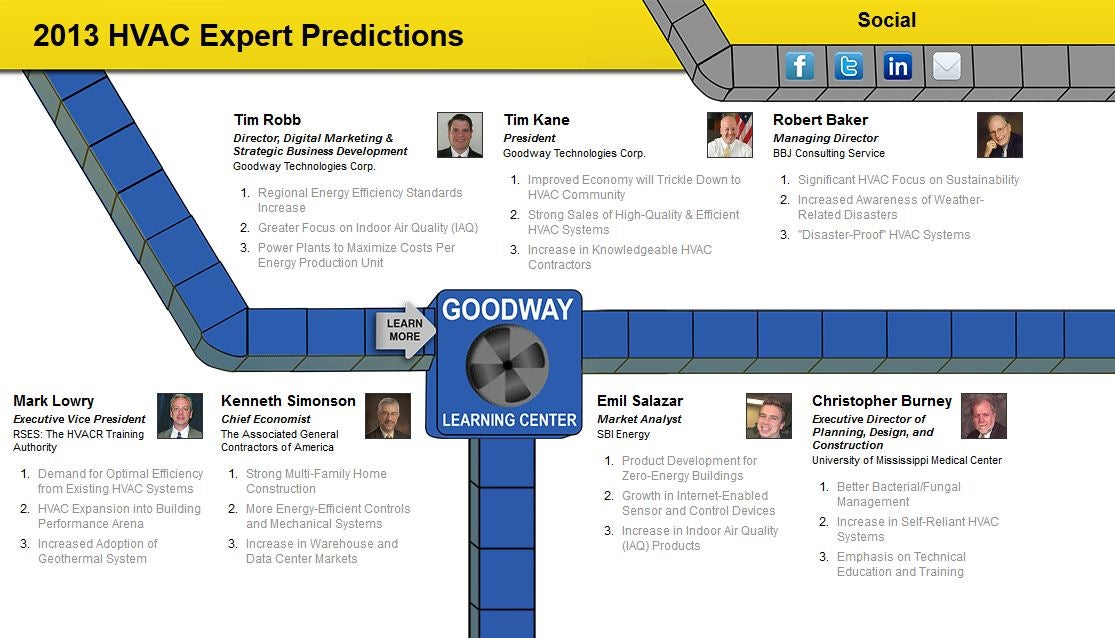The Ultimate Guide To Understanding Warm Pumps - How Do They Work?
The Ultimate Guide To Understanding Warm Pumps - How Do They Work?
Blog Article
Material Create By-Gissel Hemmingsen
The very best heatpump can conserve you substantial amounts of money on power costs. They can additionally help reduce greenhouse gas exhausts, especially if you use electricity in place of nonrenewable fuel sources like propane and home heating oil or electric-resistance heating systems.
Heat pumps function quite the same as ac system do. This makes them a viable option to standard electric home heater.
Just how They Work
Heat pumps cool homes in the summer season and, with a little help from power or gas, they give a few of your home's heating in the winter months. They're a good alternative for individuals that wish to reduce their use nonrenewable fuel sources however aren't all set to replace their existing heater and a/c system.
They rely upon the physical truth that also in air that appears also cool, there's still power present: warm air is constantly moving, and it wants to relocate right into cooler, lower-pressure atmospheres like your home.
The majority of power STAR licensed heat pumps operate at near their heating or cooling capability throughout most of the year, decreasing on/off cycling and saving power. For the best performance, focus on systems with a high SEER and HSPF ranking.
The Compressor
The heart of the heatpump is the compressor, which is additionally known as an air compressor. This mechanical moving device uses potential power from power creation to boost the stress of a gas by minimizing its volume. It is different from a pump because it only works with gases and can't collaborate with liquids, as pumps do.
mitsubishi electric heat pumps enters the compressor with an inlet valve. It travels around vane-mounted arms with self-adjusting length that divide the interior of the compressor, producing numerous cavities of varying dimension. The blades's spin pressures these tooth cavities to move in and out of stage with each other, pressing the air.
ducted heat pump prices nz pulls in the low-temperature, high-pressure cooling agent vapor from the evaporator and compresses it into the hot, pressurized state of a gas. This procedure is repeated as needed to provide heating or air conditioning as needed. The compressor additionally includes a desuperheater coil that recycles the waste warmth and includes superheat to the cooling agent, altering it from its fluid to vapor state.
The Evaporator
The evaporator in heatpump does the same thing as it carries out in fridges and a/c, altering liquid refrigerant right into a gaseous vapor that removes heat from the room. Heat pump systems would not function without this vital tool.
This part of the system lies inside your home or structure in an indoor air handler, which can be either a ducted or ductless system. It consists of an evaporator coil and the compressor that compresses the low-pressure vapor from the evaporator to high pressure gas.
Heatpump take in ambient warmth from the air, and afterwards make use of electrical energy to move that warmth to a home or company in heating setting. That makes them a whole lot much more power efficient than electric heaters or heating systems, and because they're using tidy electrical energy from the grid (and not burning fuel), they also produce much less discharges. That's why heat pumps are such great environmental choices. (Not to mention a massive reason why they're coming to be so prominent.).
The Thermostat.
Heatpump are wonderful choices for homes in cool climates, and you can use them in combination with standard duct-based systems and even go ductless. They're a wonderful different to nonrenewable fuel source heater or conventional electrical heaters, and they're much more lasting than oil, gas or nuclear cooling and heating devices.
Your thermostat is the most important component of your heatpump system, and it functions extremely differently than a conventional thermostat. All mechanical thermostats (all non-electronic ones) job by utilizing substances that transform size with increasing temperature, like coiled bimetallic strips or the increasing wax in a vehicle radiator shutoff.
These strips include 2 different kinds of steel, and they're bolted together to form a bridge that finishes an electrical circuit connected to your cooling and heating system. As the strip obtains warmer, one side of the bridge increases faster than the other, which triggers it to flex and signal that the heating unit is needed. When https://drive.google.com/drive/folders/1pDdqGX_DNdFGYu2De2YD-udjrR-phdUP?usp=drive_link is in home heating mode, the turning around shutoff reverses the flow of refrigerant, so that the outside coil currently operates as an evaporator and the indoor cylinder ends up being a condenser.